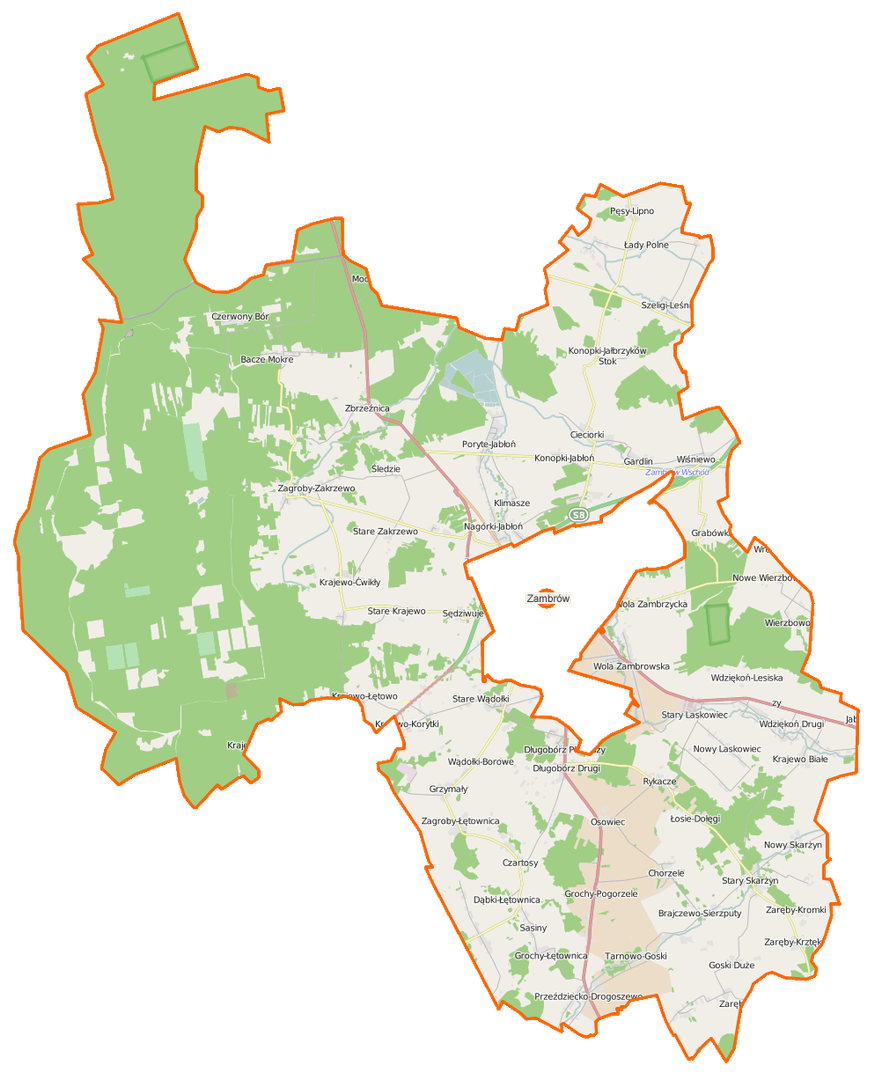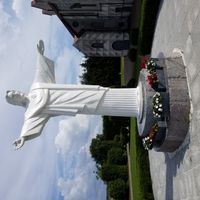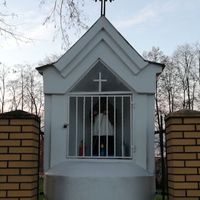Zambrów
7.37

Overview
The Zambrów Commune, located in the Podlaskie Voivodeship, is the largest rural commune in Poland in terms of the number of village councils (sołectw). The seat of the commune is the town of Zambrów. The history of the commune dates back to the administrative reform of the Kingdom of Poland in 1867, when the collective commune of Zambrów was established. In 1870, the town of Zambrów, which had been deprived of its town rights, was incorporated into the commune, and in 1909, a rural commune of the same name was separated from it, with the remaining part renamed the Długobórz Commune. After World War II, the Długobórz Commune was abolished, and the Zambrów Commune was reinstated in 1973. The commune is home to three historic manor houses, including the neo-Renaissance Woyczyński Manor in Poryte-Jabłoń, the Łoś Manor in Łosie-Dołęgi, and the Godlewski and Wyszyński Manor in Wądołki-Borowe. The commune's land structure consists of agricultural and forested areas, highlighting the importance of agriculture in the region. According to demographic data from 2004, the commune had a population of 9,001. An interesting fact is the diversity of the village councils within the commune, which range from Bacze Mokre, through Czerwony Bór, to Wola Zambrzycka. The commune borders many other administrative units, which influences its development and inter-communal relations. Many of these localities have their own unique traditions and history, making the Zambrów Commune a culturally interesting place.
Location
2025 Wizytor | All Rights Reserved


